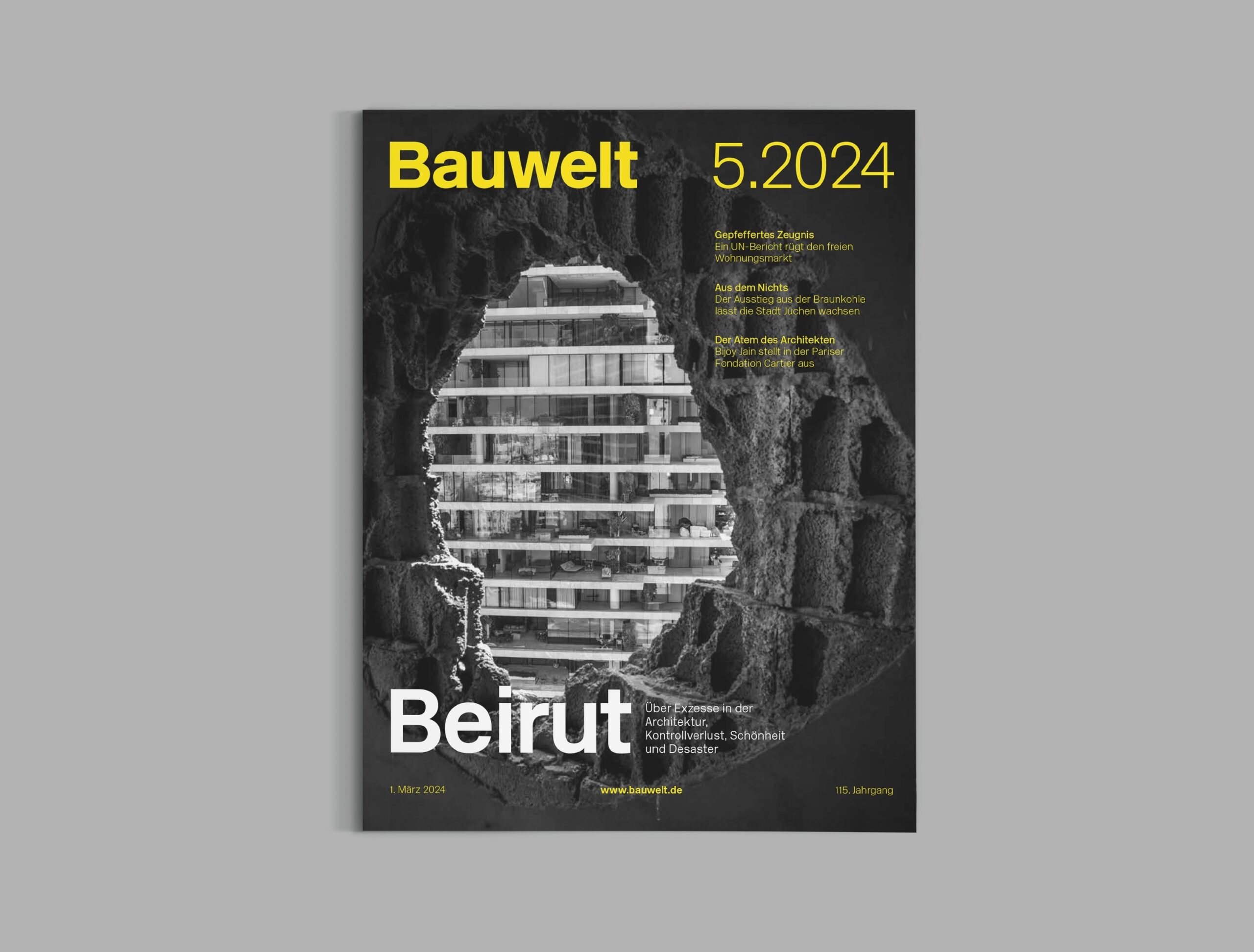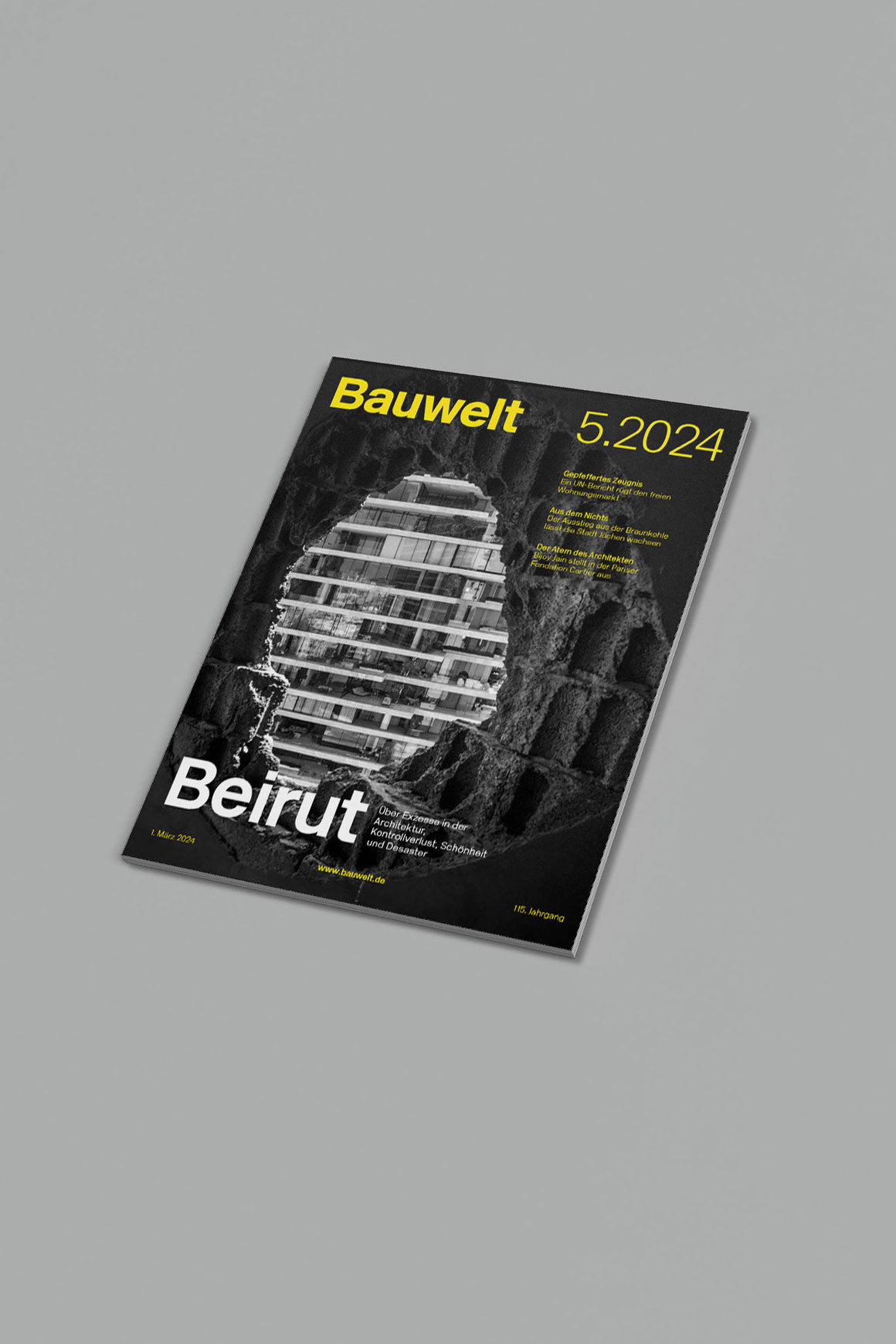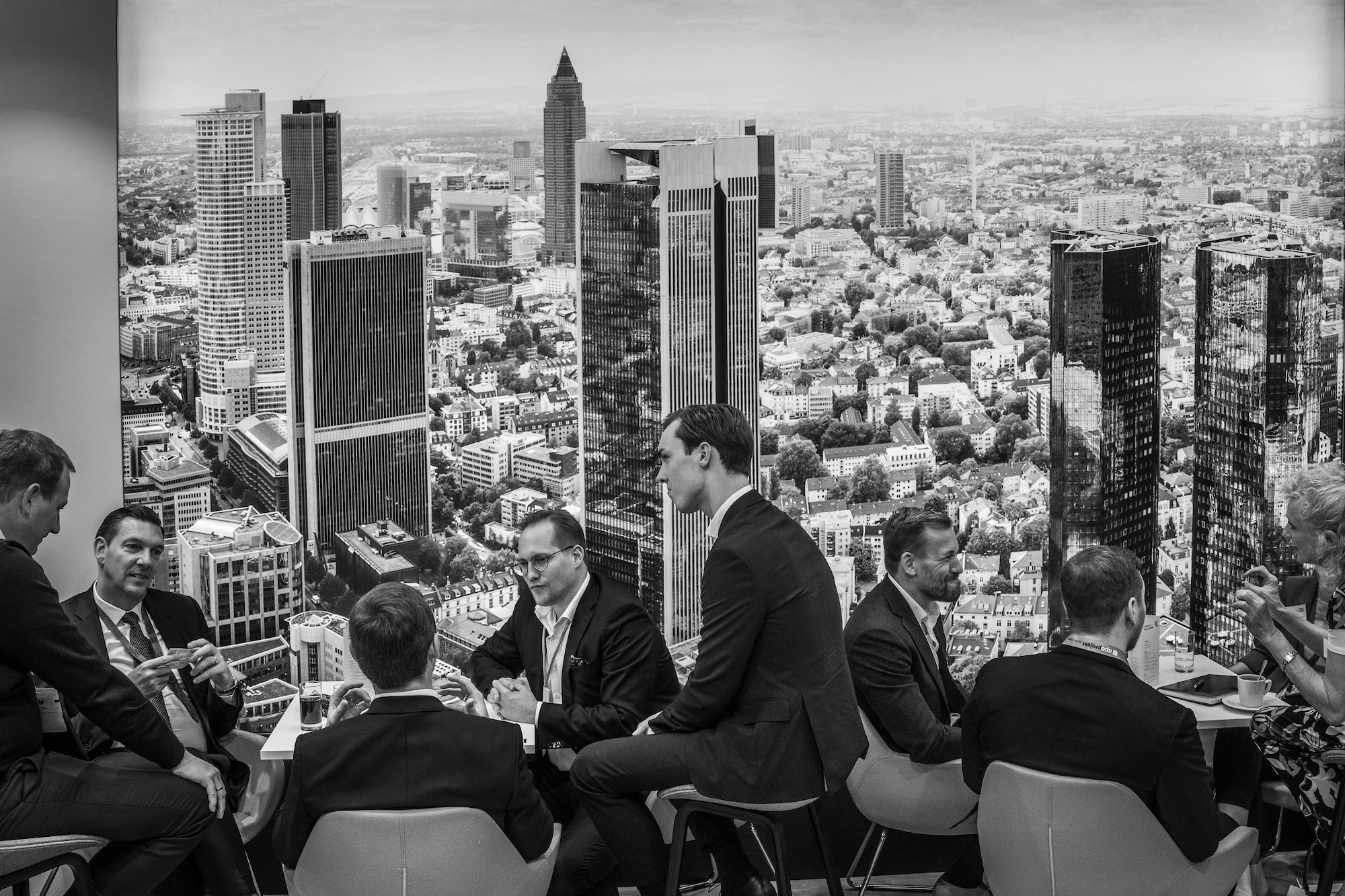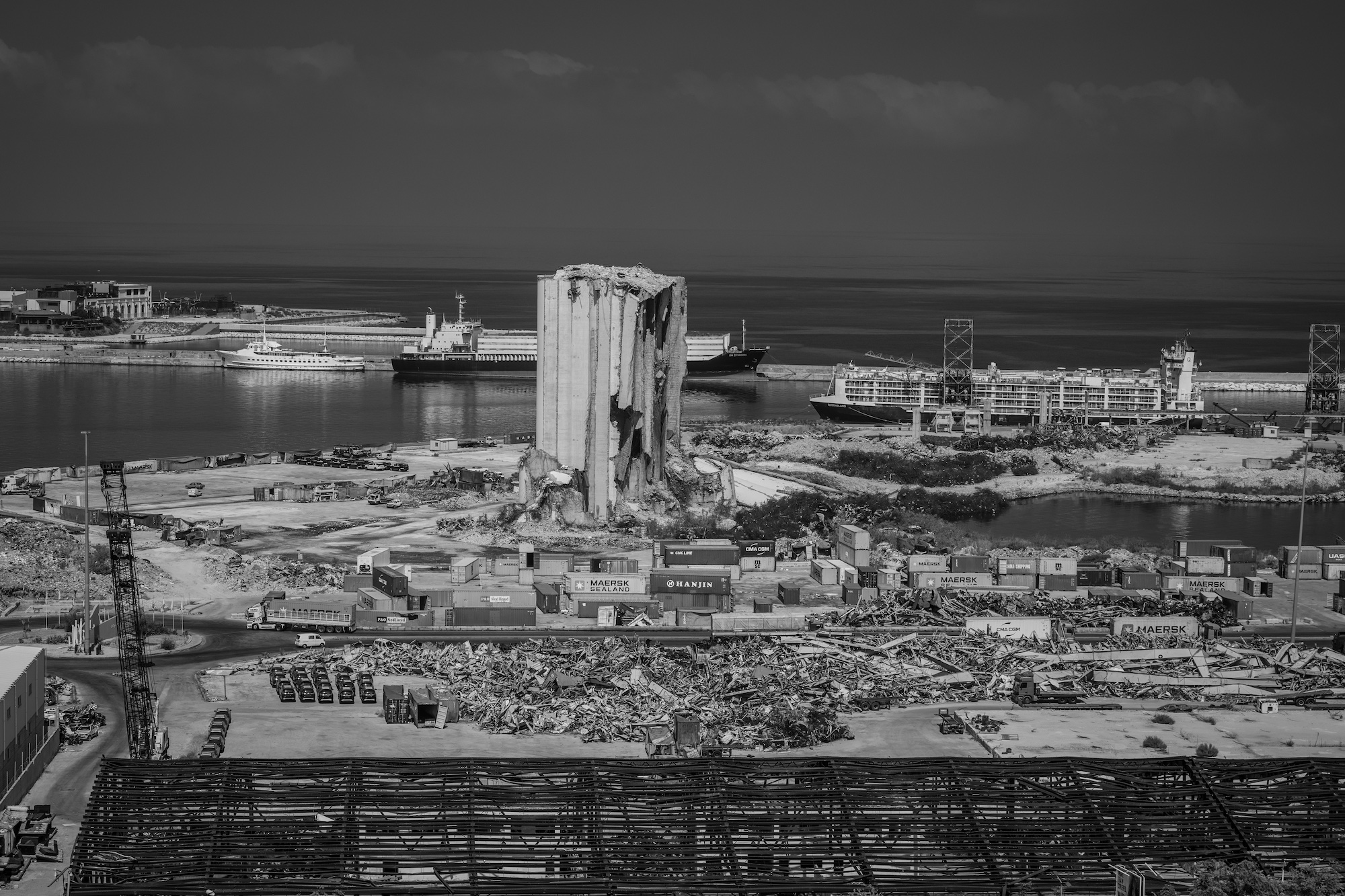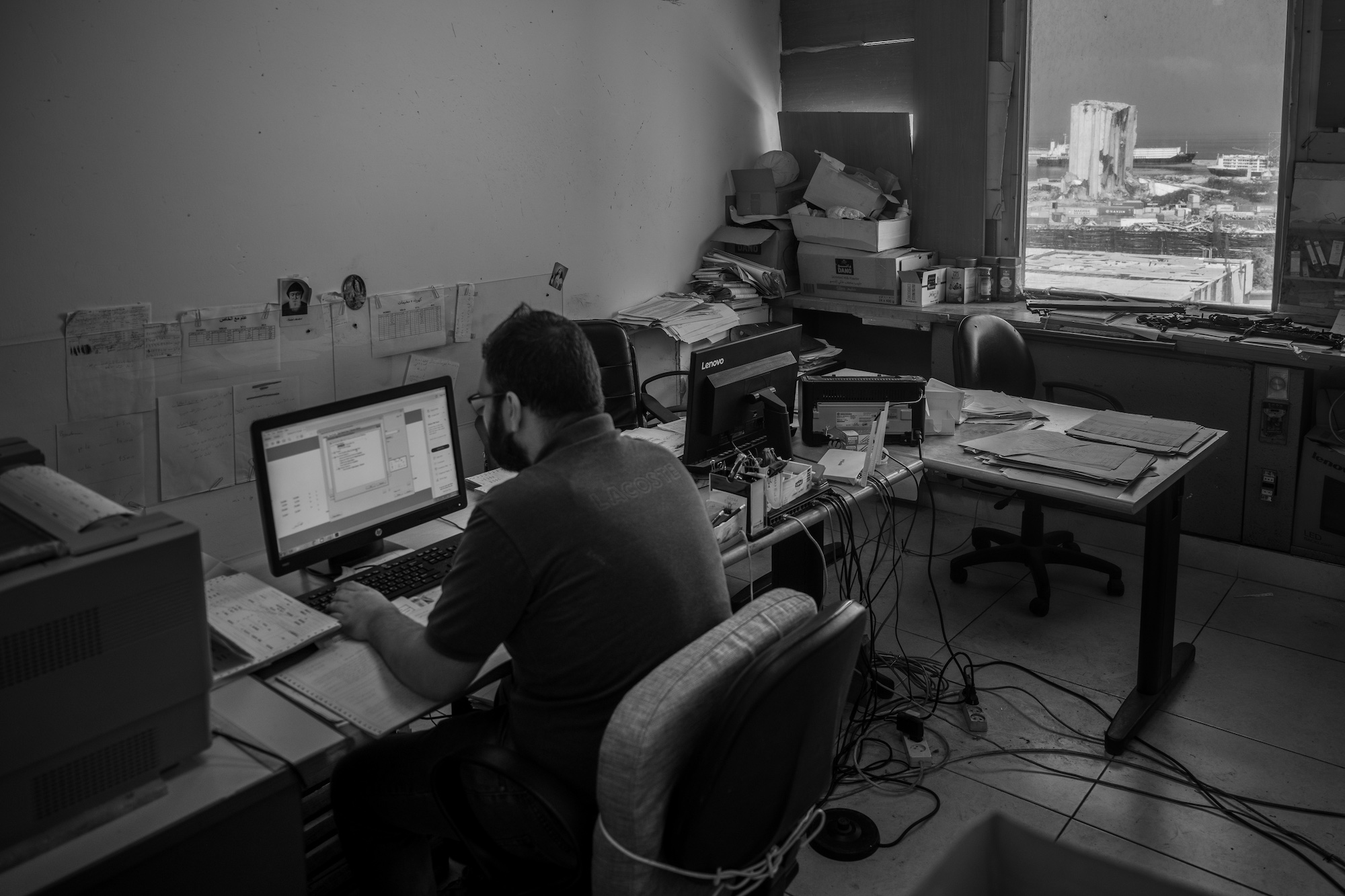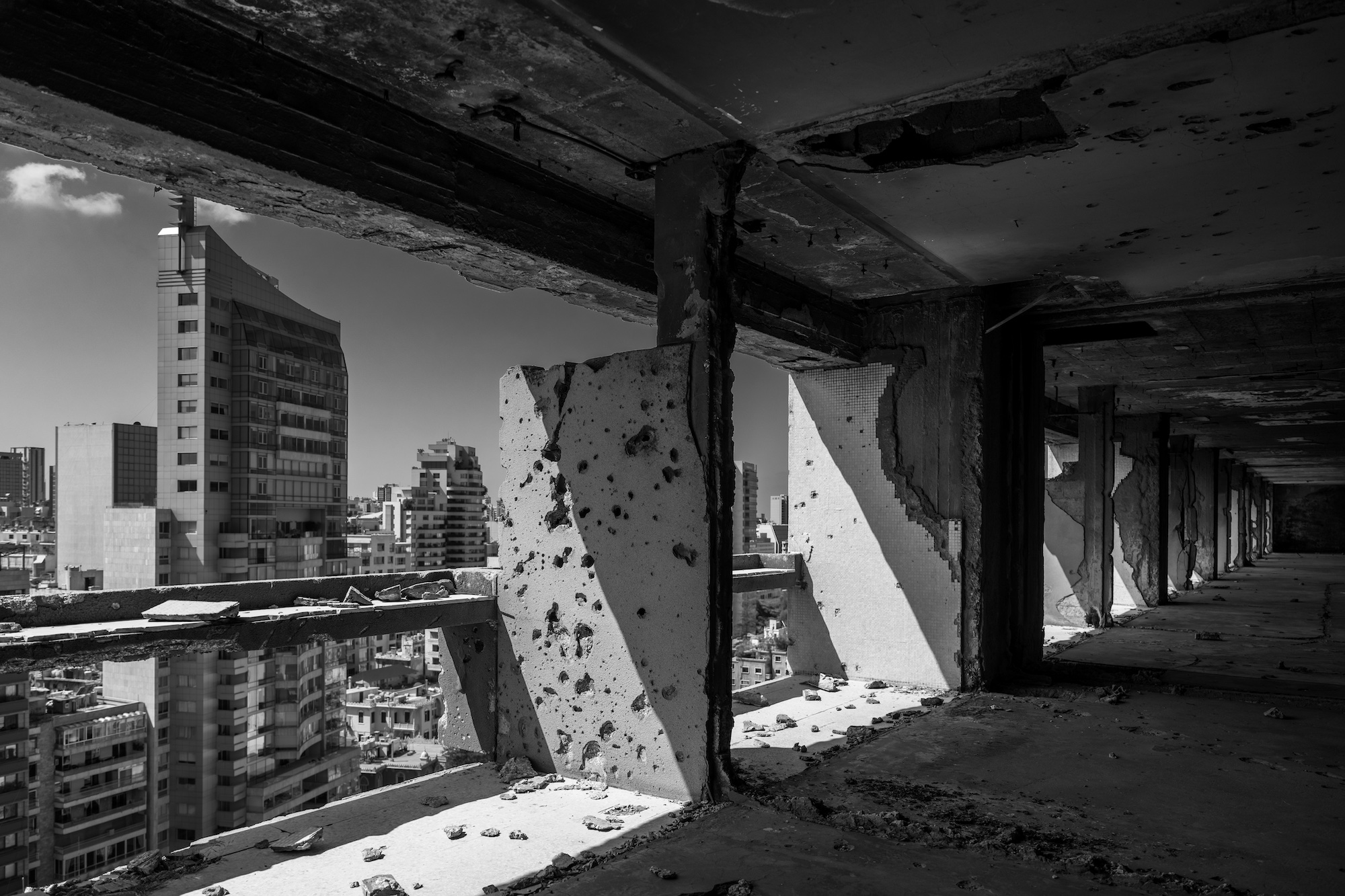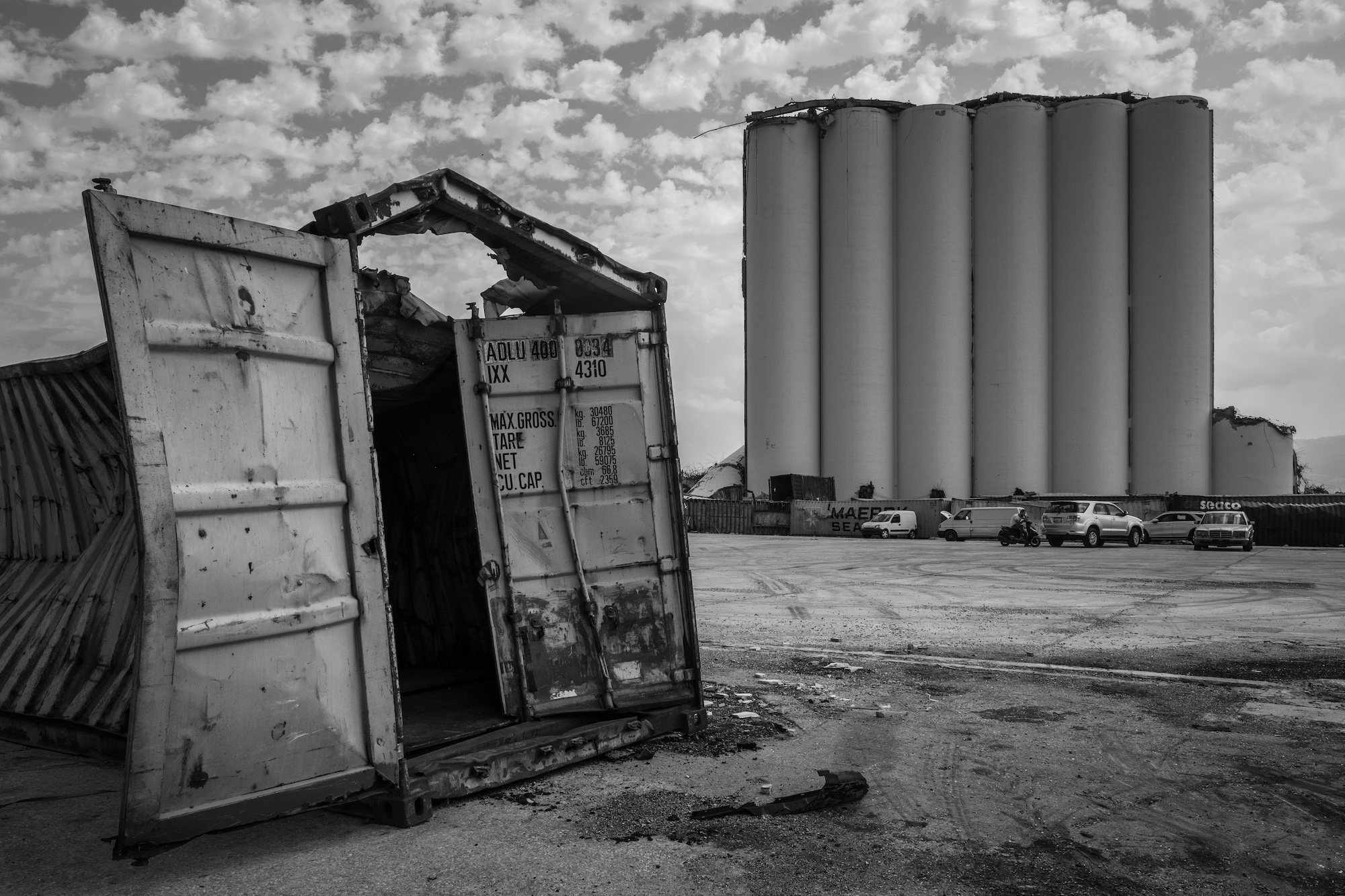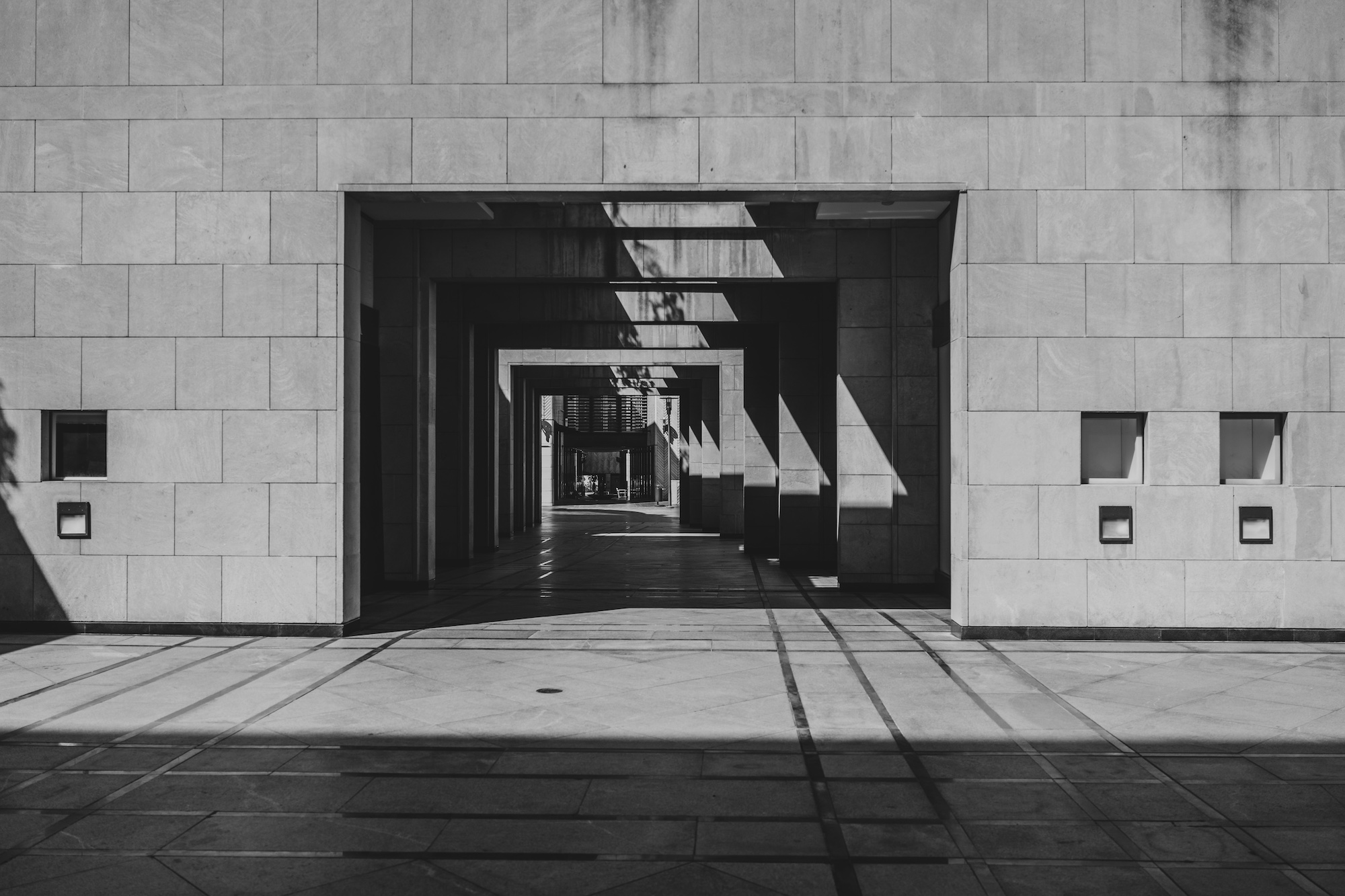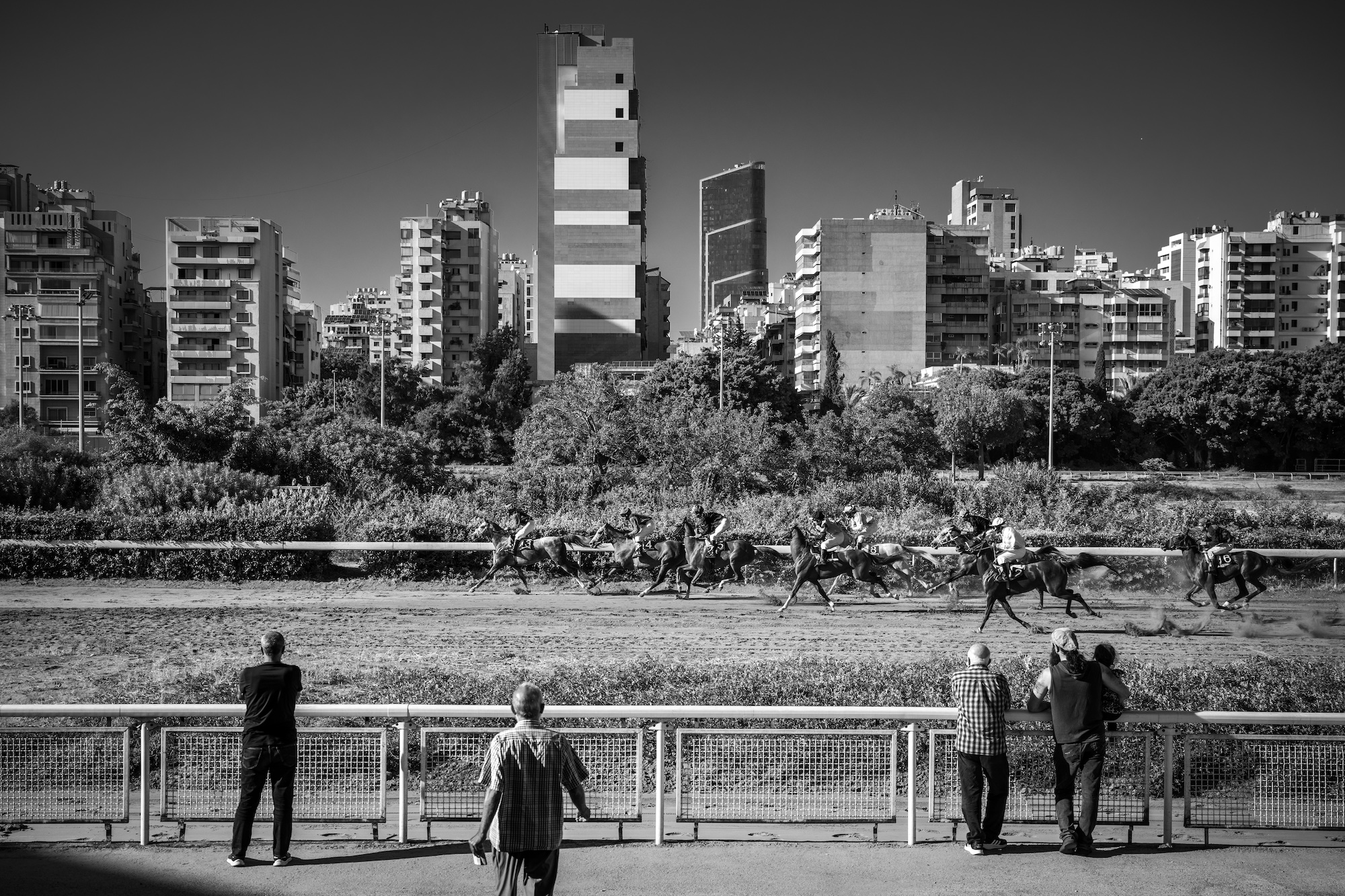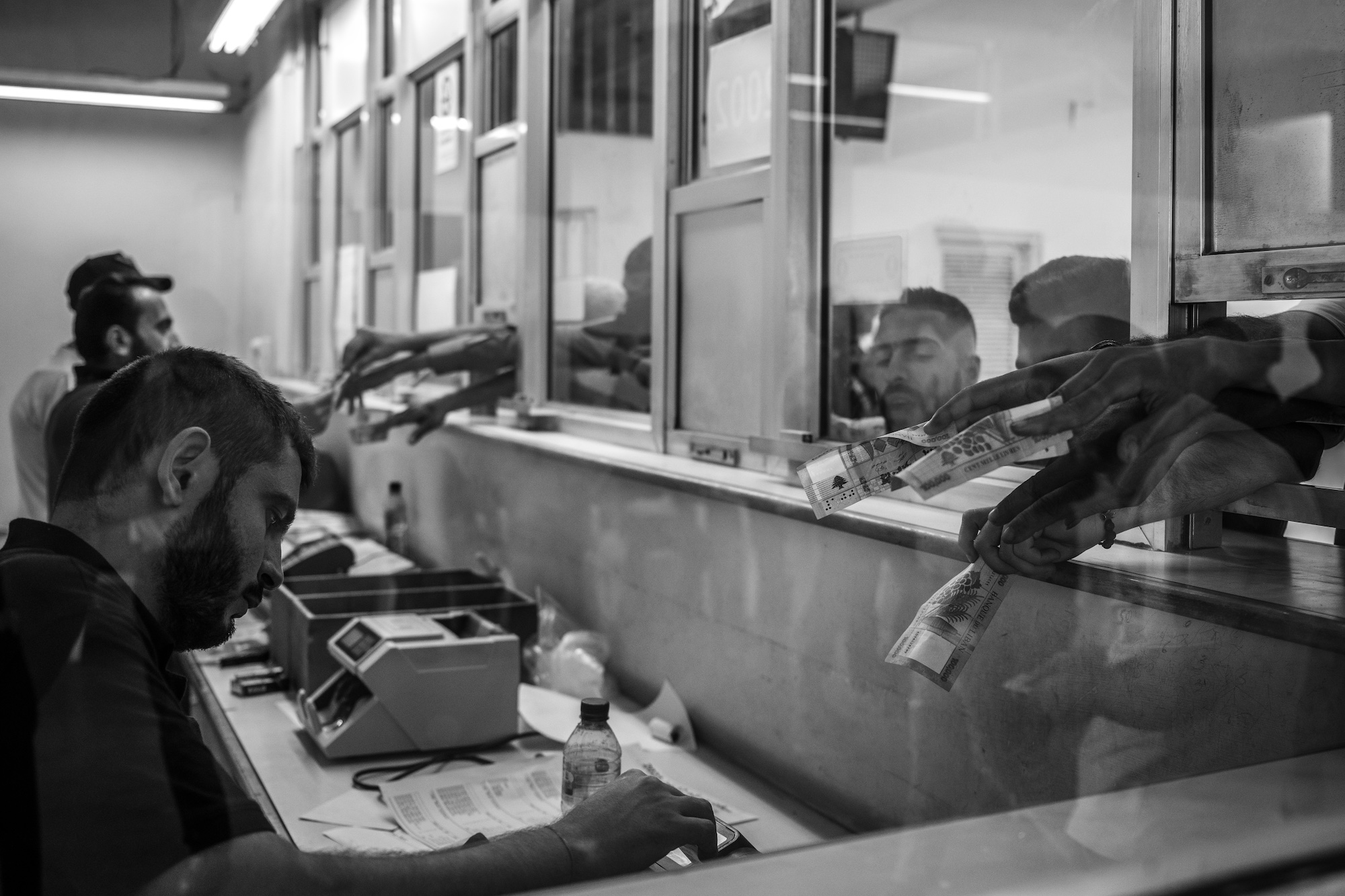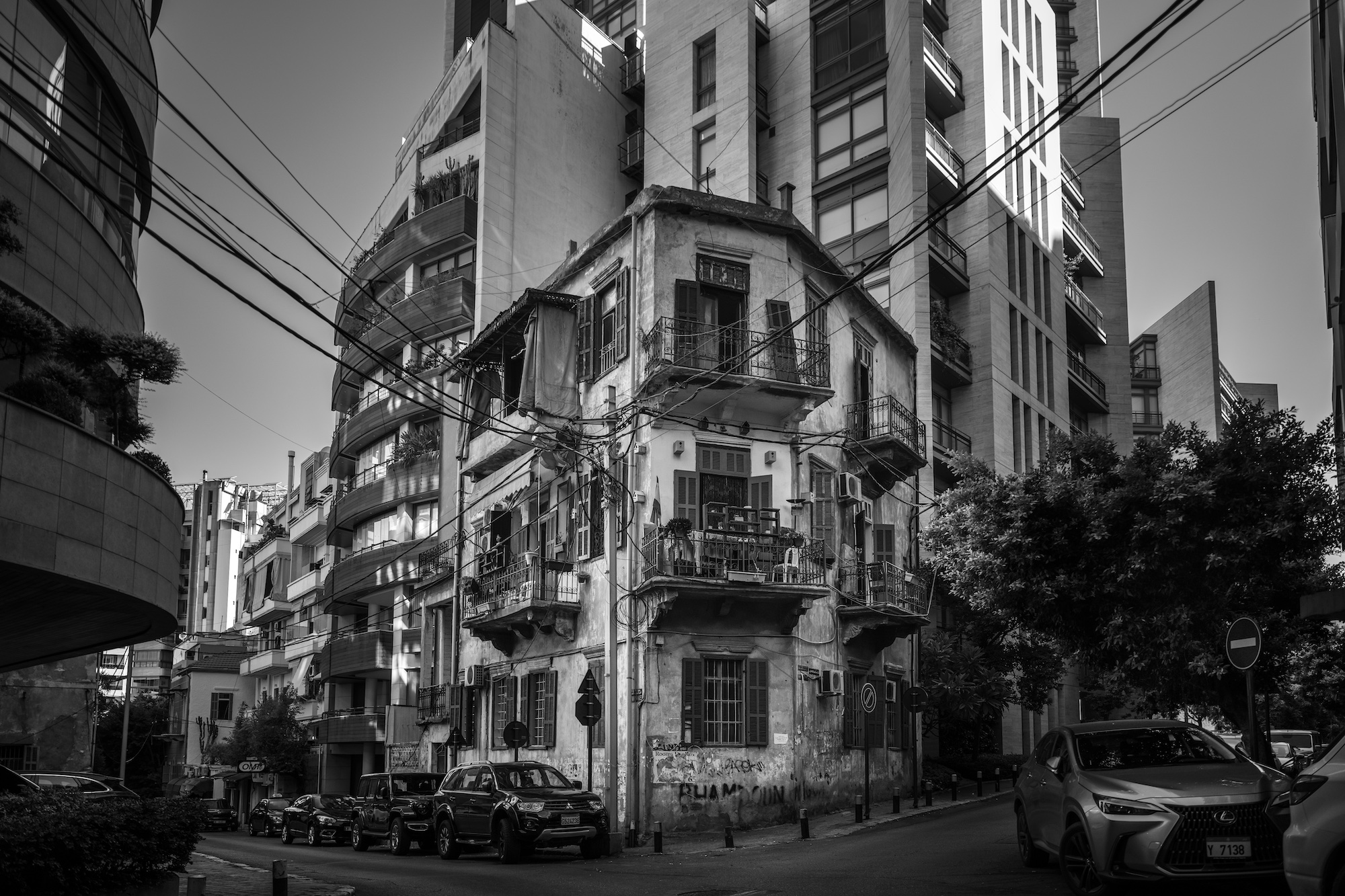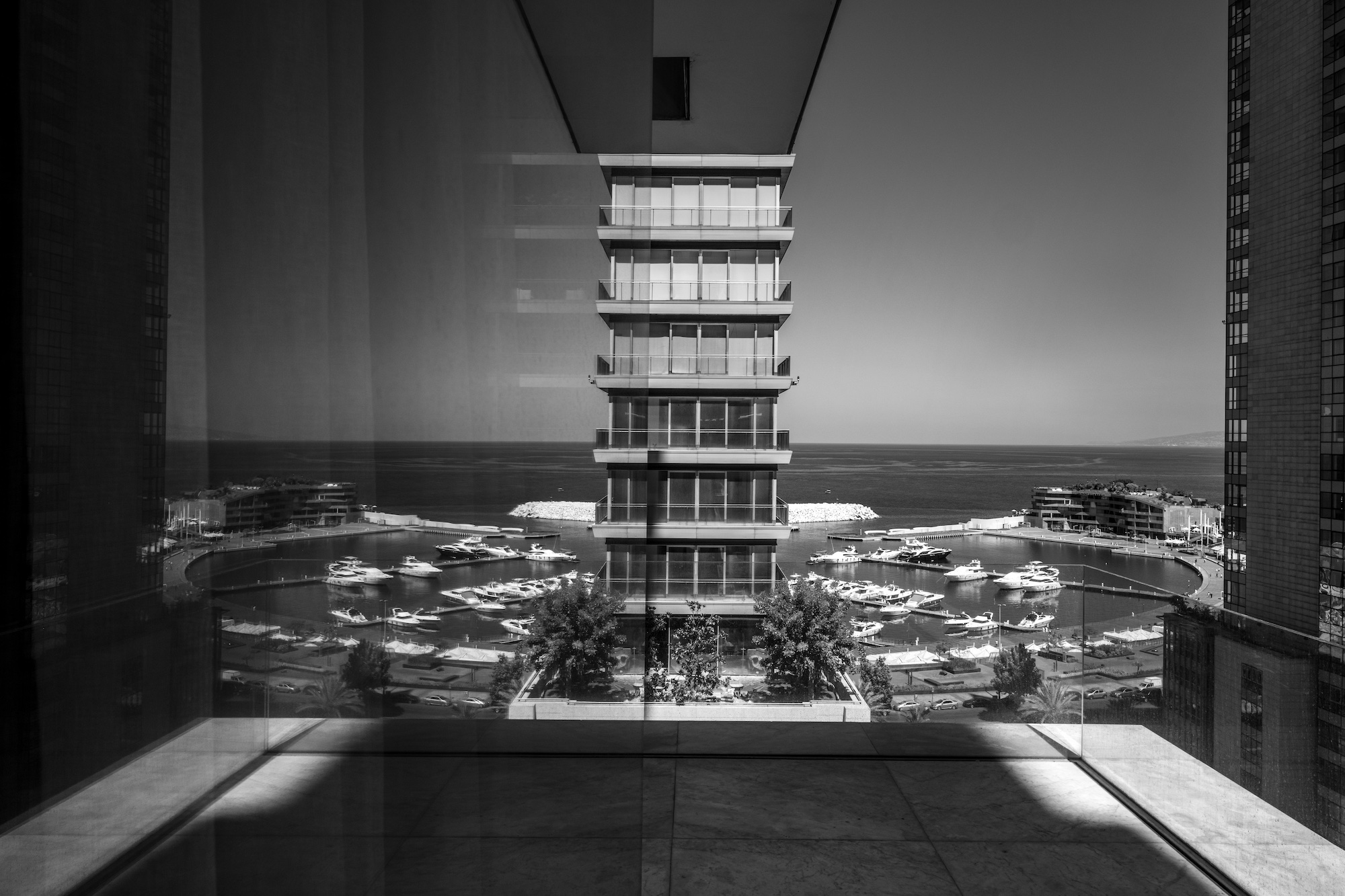Bauwelt 5.2024
Beirut
What does the interplay between building and money tell us about a society? How much state regulation does a city need? Where is the line between too little and too much – also with a view to the situation in this country, where construction is being stopped in many places not only because of the upheavals on the capital market?
Beirut, capital of Lebanon, a liberal centre in the Middle East with a glamorous past, a history full of tension and extreme swings. Since the founding of the state in 1943, 18 religious communities have been officially recognised and have a corresponding share of power. No other country has taken in more refugees per capita: 1.5 million Syrians and 500,000 Palestinians since At the same time, about three times as many Lebanese live in the diaspora as in the country itself. Internal Lebanese power struggles have mostly reflected world politics, from the Cold War to the present day, and have been associated with the (in)direct interference of France, the USA, Iran, Israel, Saudi Arabia, Syria and Russia.
After the end of the 15-year civil war in 1990, a construction boom began in Beirut, fuelled by a lot of money from abroad, an increasingly degenerate banking system from 2015 onwards and little state regulation. Buildings often as built financial investments, designed by the international stars of the scene, high-rise buildings without height limits, a city without borders. It was a snow From 2019, the economic crisis intensified dramatically. The national currency, pegged to the dollar since the 1990s, came under increasing pressure and rapidly lost value. In 2019, the banking sector collapsed. Since then, for many Lebanese, their savings have been just a number on a bank statement. Payments are now made in cash and in US dollars.
How rational is money? Is there such a thing as morality in architecture? If so, how does that fit with an international architecture system, with the need for attention, for power?
BEIRUT.
On excesses in architecture, loss of control, beauty and disaster
Photos: Sergey Ponomarev
Text: Nadin Heinich
Sergey Ponomarev is an international photojournalist and war photographer. For the New York Times and media such as Paris Match, Volkskrant and Le Figaro, he has reported on the Euromaidan in Kiev, the war in Donbass, the wars in the Middle East and, most recently, Israel’s war against Hamas. His photos are never mere documentation, but capture the essence of a story, joy and suffering, devotion and horror. Ponomarev has been honoured with numerous awards. These include the Pulitzer Prize, the Robert Capa Gold Medal and three World Press Photo Awards.
Born in Moscow in 1980, Ponomarev is against the Russian invasion of Ukraine and left Russia on 1 March 2022.
further information & magazine order
